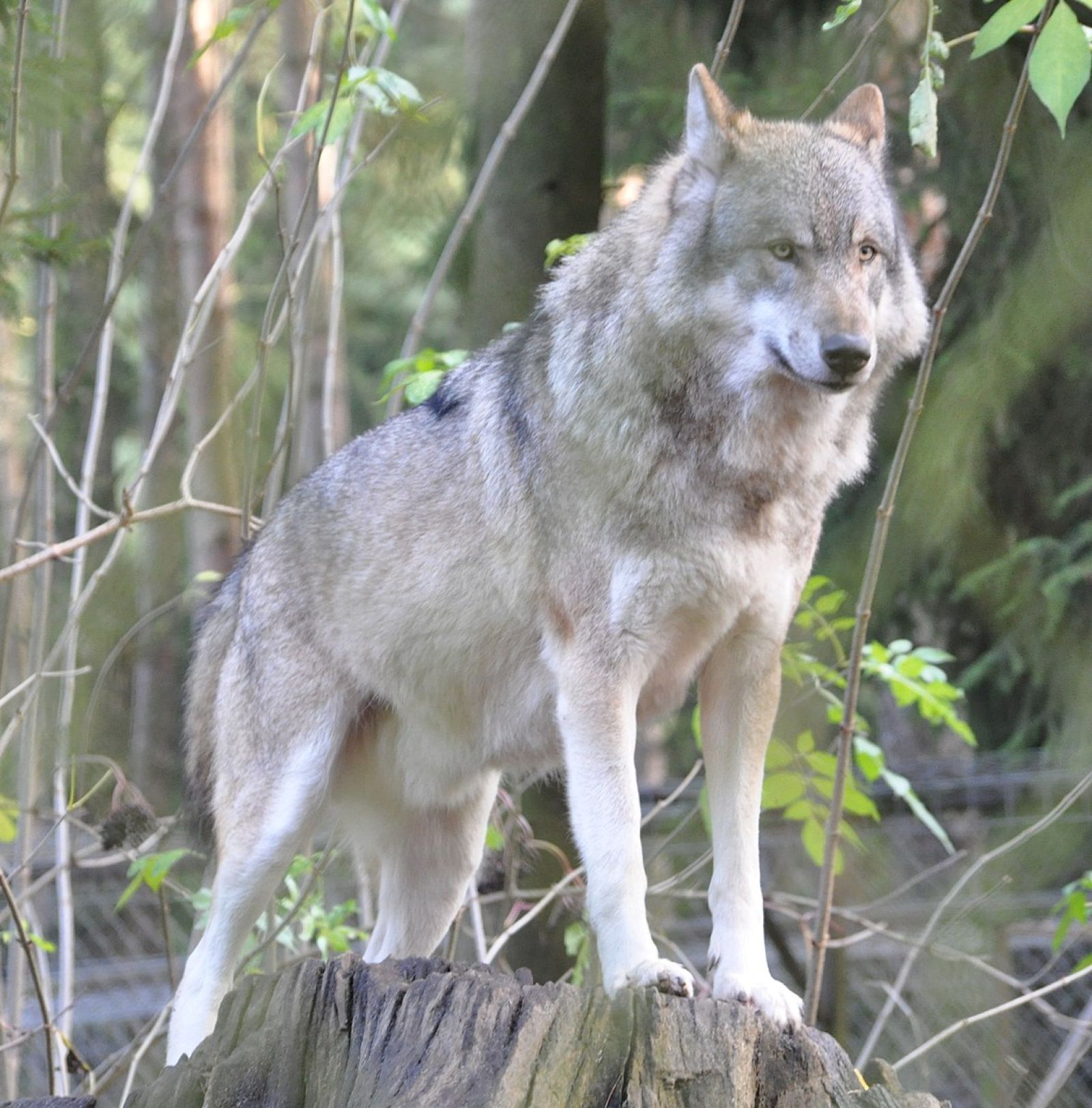Follow us on Google News (click on ☆)
Biologist Aimilia Ioakimeidou presented these results during a conference in Athens, highlighting the exceptional nature of this discovery. The animal was spotted near Thessaloniki, in the north of the country, where Callisto is also conducting operations to locate a wolf that injured a child.
Wolf-dog hybrids, although sometimes reported in Europe, Central Asia, and the United States, prove to be much less frequent than initially thought. Early observations were mainly based on the animals' physical appearance, but modern genetic analyses have allowed for correcting this perception. In Greece particularly, the wolf population has experienced sustained growth since the hunting ban established in 1983 by the Bern Convention. A six-year study recently completed by Callisto now estimates this population at 2,075 individuals.
The evolution of theories about canine domestication provides complementary insight into these discoveries. For a long time, the dominant view suggested that wolves approached human camps to feed on leftovers, thus initiating a domestication process. This hypothesis is now challenged by an alternative proposing that hunter-gatherers captured wolf pups to raise them, giving rise to the first domestic dogs 40,000 to 15,000 years ago. These new perspectives challenge our understanding of ancestral interactions between humans and canids.
The mission of Callisto, based in Thessaloniki, encompasses the study and protection of large carnivores like bears and wolves, as well as other threatened species. Their work combines scientific research and concrete actions in the field, such as the ongoing operation to locate the wolf responsible for the incident in Neos Marmaras. These efforts contribute to better management of habitats and animal populations.
Hybridization between canine species
Hybridization refers to crossbreeding between two different species, producing fertile or infertile offspring. In canids, this phenomenon can occur when the habitats of wolves and domestic dogs overlap, particularly in peri-urban areas where contacts become more frequent.
Wolf-dog hybrids often present intermediate characteristics, combining for example the imposing size of the wolf with the more docile behavioral traits of the dog. However, their precise identification requires DNA tests, because physical appearance alone can be misleading. These animals can show surprising adaptability to environments modified by humans.
The fertility of hybrids varies considerably depending on the crossbreeding generations. First-generation hybrids are generally fertile, but subsequent generations may present reproductive problems. This variability directly influences the persistence of hybrid lineages in the wild and their impact on wild populations.
